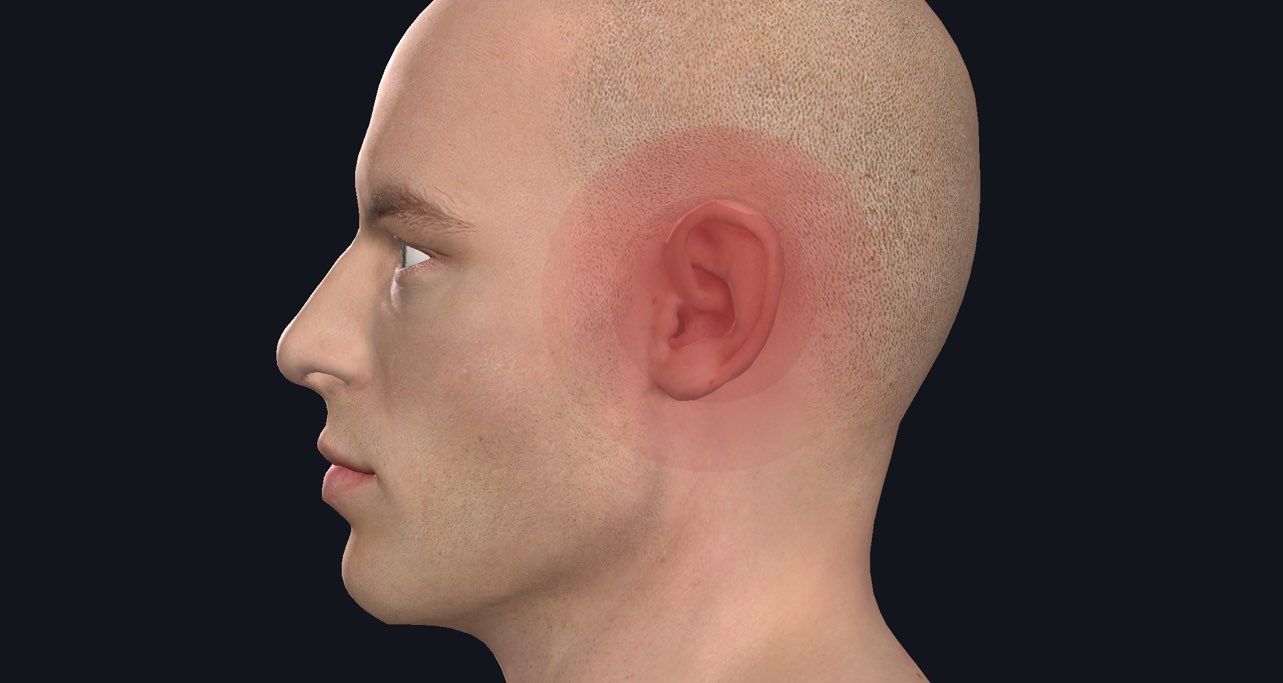
Hearing loss is the partial or total inability to hear sounds. This is associated with a variety of factors and can occur suddenly or develop over time.
According to the World Health Organisation, around 466 million people worldwide have disabling hearing loss with children comprising 34 million. It is estimated that by 2050 over 900 million people will have disabling hearing loss!
Disabling hearing loss is defined by the WHO as permanent unaided loss of hearing more than 40 decibels (dB) in adults and 30 dB in children. For context, a normal conversation ranges from 40-60 dB in frequency.
It may result from genetic causes, complications at birth, certain infectious diseases, chronic ear infections, side effects with medication, exposure to excessive noise, and aging. 60% of childhood hearing loss is due to preventable causes.
Hearing loss may be mild, moderate, severe, or profound. It can affect one ear, both ears, and leads to difficulty in hearing speeches in conversation or loud sounds.
One of the main impacts of hearing loss is with an individual’s ability to communicate with others. This can cause a delay in spoken language especially when it occurs at an early stage in children with unaddressed hearing loss.
Early detection and management are essential to minimize the impact of hearing loss. In infants and young children with hearing loss, early screening programs can improve language and educational outcomes for the child.
Hearing devices such as hearing aids and cochlear implants, as well as other assistive measures such as speech therapy, aural rehabilitation, and other related services, benefit many people with this ailment.
Understand the process of auditory transduction by tracing the anatomy right down to the microscopic level with Complete Anatomy 2021. Try it for FREE today.
